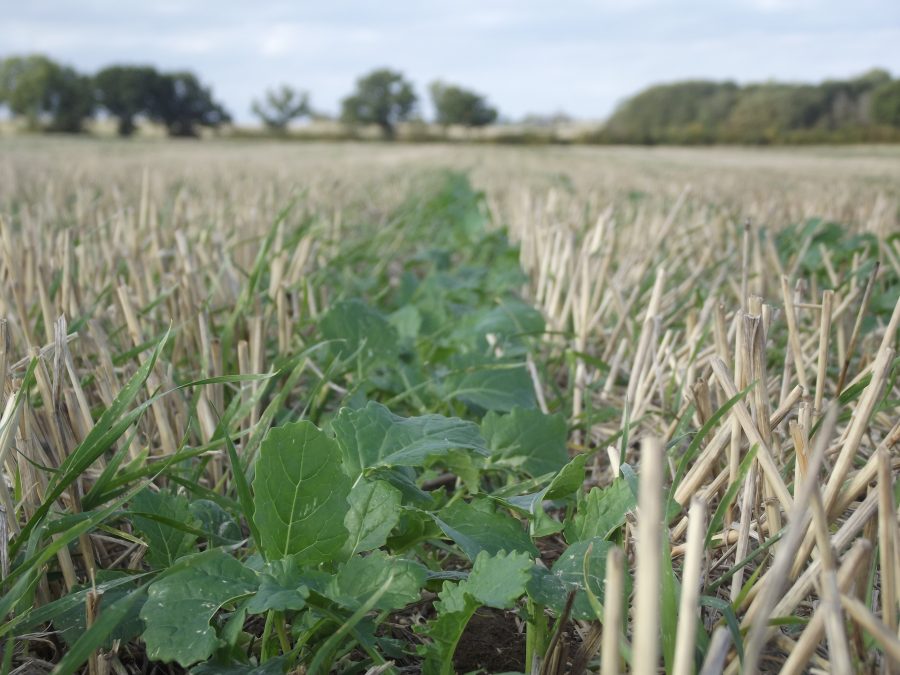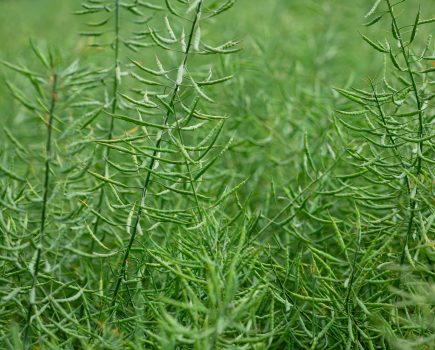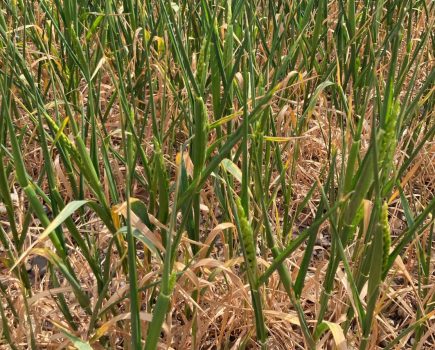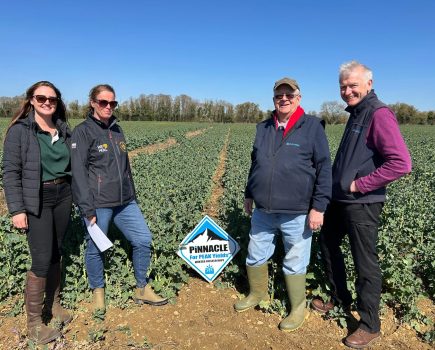Peter Brundle, Hutchinsons seed manager for the south, based at Canterbury, believes that despite recent challenges oilseed rape still offers a viable option in the rotation.
With oilseed rape planting decisions for this autumn yet to be made, some growers might decide to take a step away. This follows an uncertain winter period where flea beetle, pigeon damage and the effects of frost and winter kill have certainly had adverse effects on the crop in some regions.
With this in mind the oilseed rape market will possibly remain static or may even decline a little. I think we can safely assume it will not run away and must therefore remain in the circa 415,000ha bracket at best.
With challenging decisions to make on which variety to grow, here are some considered suggestions for making the best of any opportunity.
Hybrid varieties
Hybrid varieties offer the best case for establishment and indeed the key traits for the growing season.
Aurelia will remain very popular and is currently the market leader, but I think that newcomer to the list Attica offers a little more across the board while also being a better option for the north.
Aviron, too, will remain a key variety, with its traits and its excellent vigour in both autumn and spring making it suitable for later drilling. The new candidate Academic will offer greater gross output and again better northern performance than Aviron, while delivering a gross output on par with Attica. All four varieties have TuYV resistance and pod shatter coupled with RLM7 phoma resistance. Aviron offers the best light leaf spot (LLS) resistance of the four.
Other hybrid variety options include Vegas from LSPB, newly added to the recommended list, which has the best disease resistance on offer with eight for LLS and nine for phoma. It does not have TuYV resistance or pod shatter, but does have RLMS phoma genetics and therefore offers a different option for crop management.
Pioneer have PT303 and PT312, both offering TuYV resistance and sclerotinia tolerance. PT312 possibly has the edge based on oils (47.6), which could have a significant benefit at time of sale. It also has strong scores for standing ability. Sclerotinia tolerance has also shown a 15% advantage in yield in untreated trials.
DK Expose can offer the same traits as the four suggested Limagrain varieties, but without the advance in yield that both Attica and Academic are showing.
Clearfield® is a simple choice for me as Matrix CL is most definitely the standout performer currently and tops the ADHB listing for this category.
Clubroot is likely to be more widely spread again and I think LG Scorpion ticks all the boxes here, with excellent vigour and establishment, decent disease scores and TuYV resistance.
Conventional varieties
Conventional varieties will still be grown and remain in favour for the home-saved seed market. Here my picks are Acacia, KWS Campus, in its tenth year and still remarkably consistent, and Annika for those who want the TuYV trait in a conventional variety (although I believe the trait is better served by the hybrid offer).
The above varieties tick all the boxes for the various market sectors. This should assist in keeping the decision making simple. Not having “all your eggs all in one basket” should be adhered to where possible and certainly hybrids, my preferred route to both establishment and traits, offer more than one management tool.
The biggest single consideration remains the conditions at time of planting. If soils are warm and, more importantly, there is sufficient moisture, then oilseed rape still provides a viable option in the rotation.
Key recommendations
|
Hybrid |
Conventional |
Clearfield® |
Clubroot |
|---|---|---|---|
|
Attica |
Acacia |
Matrix CL |
LG Scorpion |
|
Academic |
KWS Campus |
||
|
Aurelia |
Annika |
||
|
Aviron |
|||
|
Vegas |
|||
|
PT312 |
|||







